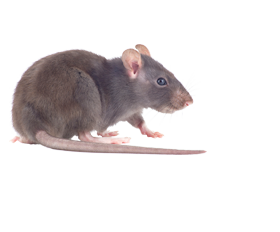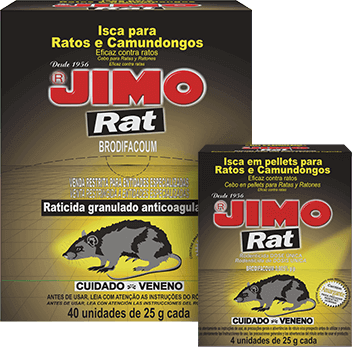

They are characterized by having a pointed snout, small round ears and a long almost hairless tail. One of its main physiological characteristics is having strong incisor teeth, which grow continuously, since the gnawing habit wears them off. They are omnivorous, i.e. they eat everything, feeding both on plant and animal matter.
They have nocturnal habits and their sense of smell, for example, is well developed. Wherever they go they leave odors that serve to guide others in the colony. Commensal rodents have a high reproductive rate, rapid sexual maturation and many offspring per pregnancy, however, population growth may be limited by factors like food availability.
Rats are also pets. In the wild, the most common species is the field rat, or wood rat, an important species for the food chain, because large birds such as hawks and eagles feed on them.
Voles
These rodents are great swimmers and diggers that live in burrows in the ground or in protected locations along concrete structures. They are usually found on the margins of streams and rivers, sewer and storm water pipes, landfills, etc. These rodents live in large groups and have a radius of action of approximately 30 to 45 m from their hideouts. Each female, throughout her life, can have up to a hundred pups.
Roof rats
The long tail aids in balance, as they have great ability to climb. They are also good swimmers and usually live in high places, but can also be found close to the ground, where there are no voles.
These rodents live in small colonies and only form large groups in special conditions, such as in dumpsters. They have a radius of action of approximately 30 to 60 m from their hideouts. Each female, throughout her life, can have up to 70 pups.
Mice
They are small rodents with prominent eyes and ears, dark non-webbed feet. They often nest in corners, piled materials or small holes in the ground when outside, and have a radius of action of 3 to 9 meters from their hideouts.
They are good swimmers and climbers can easily jump over gaps. They are very curious, and the female, throughout her life, can have up to 60 pups.
Rats transmit various diseases directly or indirectly to humans. Among the main ones are: leptospirosis, bubonic plague, murine typhus, salmonellosis, trichinosis and rat bite fever.






















